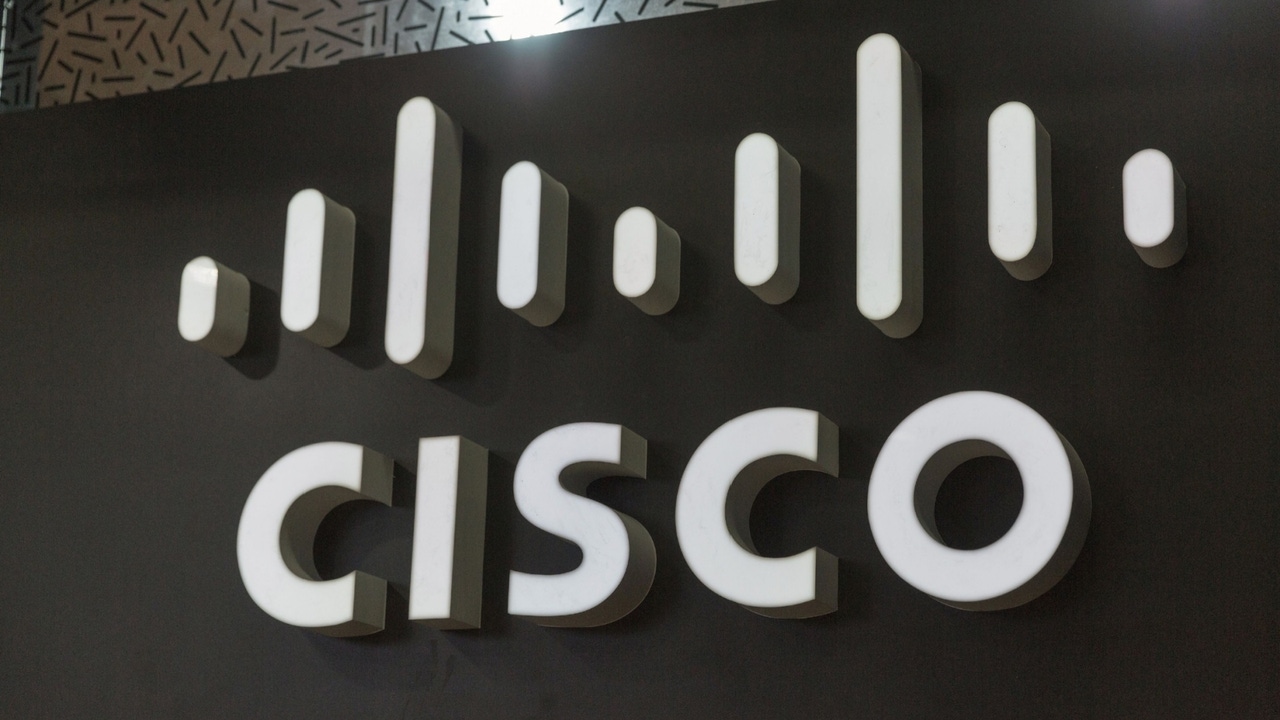
Source: Sergiy Palamarchuk via Shutterstock
Cisco has disabled public access to one of its DevHub environments after threat actors downloaded some customer data from the site and put it up for sale on a cybercrime forum.
The compromised data included source code, API tokens, hardcoded credentials, certificates, and other secrets belonging to some large companies, including Microsoft, Verizon, T-Mobile, AT&T, Barclays, and SAP.
Data Heist From Public-Facing Environment
News of the breach first surfaced a week ago, when researchers spotted three threat actors using the monikers IntelBroker, EnergyWeaponUser, and zjj, putting up the data for sale on BreachForums. IntelBroker is a known Serbian entity that began operations in 2022 and is linked to several major data heists, including ones at Europol, General Electric, and DARPA (Defense Advanced Research Projects Agency).
Cisco announced it was investigating the incident on Oct. 15. Three days later, the company confirmed the security incident in an update that offered little detail on the kind of data that the attackers managed to access and download.
Cisco's own systems appear not to have been affected in the incident. "We have determined that the data in question is on a public-facing DevHub environment — a Cisco resource center that enables us to support our community by making available software code, scripts, etc. for customers to use as needed," Cisco's advisory noted. "At this stage in our investigation, we have determined that a small number of files that were not authorized for public download may have been published."
The company said that, at the moment, there is no evidence the attackers illegally accessed any personal identity data or financial information, but it added that it was still investigating that possibility. "Out of an abundance of caution, we have disabled public access to the site while we continue the investigation," the company said.
In their BreachForums post, the threat actors claimed the data they downloaded from Cisco's DevHub site included GitHub and GitLab projects, source code, Jira tickets, container images, data from AWS storage buckets, and at least some confidential Cisco information.
Reminder: The Need to Secure Public-Facing Assets
The Cisco incident is a reminder why organizations need to protect public-facing environments with measures like input validation to protect against injection attacks, strong authentication tools and processes, and regular vulnerability assessments, says Jason Soroko, senior fellow at Sectigo.
Common mistakes organizations make when it comes to securing their public-facing assets include neglecting OWASP guidelines, underestimating security risks, failing to update systems regularly, and not prioritizing secure coding practices, Soroko says: "Don't forget to back up your website code and practice restoring it. Malware detection tools are available that make it easy to regularly scan."
Organizations can sometimes tend to perceive their public-facing assets as less critical when, in reality, they can expose sensitive information that attackers could use for future intrusions, he adds. The data that the attackers obtained in the Cisco incident, for instance, included source code, API tokens, certificates, and credentials that attackers could potentially leverage in a significant way in a future campaign.
Eric Schwake, director of cybersecurity strategy at Salt Security, says various factors contribute to sensitive data ending up on an organization's public-facing environments. "This can occur due to accidental misconfigurations of access controls, human errors in code or file management, inadequate security testing before deployment, or the compromise of third-party services," he says. These oversights can lead to the exposure of sensitive data and create potential entry points for attackers.
Schwake recommends that organizations implement a multilayered security strategy to reduce this risk. "This involves enforcing strict access controls, promoting secure coding practices, conducting thorough security testing, building posture governance standards, and performing regular security assessments," he says. "Using secrets management solutions and continuous monitoring tools can further improve security and protect against unauthorized access to sensitive information."
 3 months ago
25
3 months ago
25